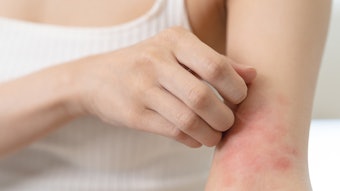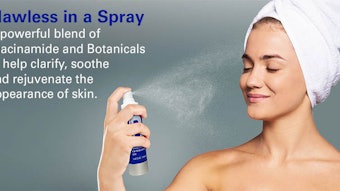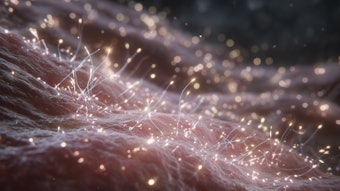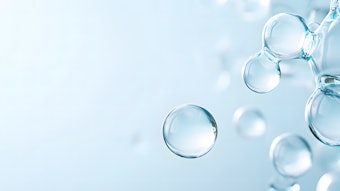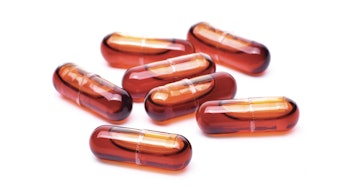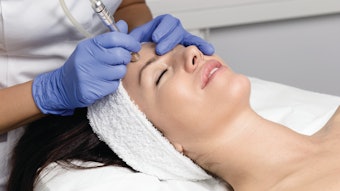It is important to know about up and coming personal care ingredients, so you are able to best answer potential client questions and know what works and what doesn't.
Skin aging is a result of unrepaired damage, as well as age-related physiological changes. The factors that accelerate skin aging are both intrinsic, such as free radicals, and extrinsic, such as UV exposure. In both intrinsically and extrinsically aged skin, there is a down-regulation of the gene expression involved in stratum corneum (the outer layer of the skin) lipid biosynthesis and metabolism, resulting in decreased levels of key lipids available for maintenance and repair.
P&G Beauty & Grooming scientists evaluated how hexamidine impacts the gene expression of stratum corneum (SC) lipid metabolism pathways in vitro. Using gene chip technology, scientists examined RNA from skin biopsies of young and older study subjects. In intrinsically and extrinsically aged skin, the epidermal cholesterol, fatty acid and sphingolipid synthetic pathway genes were down-regulated. Skin equivalents treated with hexamidine showed the opposite effect, with up-regulation of these pathways.
Researchers concluded that the down-regulation of these pathways is consistent with previously reported global decreases in SC lipids in aging skin, and likely contributes to the decreased ability of aged skin to maintain and repair the skin barrier. By increasing the expression of genes involved in lipid biosynthetic pathways, hexamidine has the potential to increase the levels of these key lipids available for skin maintenance and repair. Thus, using hexamidine, scientists significantly increased expression of pathways essential for the production of lipids, such as cholesterol, sphingolipids and fatty acids that have the potential to restore the stratum corneum and moisture content of aging skin.
Presented by P&G Beauty & Grooming scientists at the 68th Annual Meeting of the American Academy of Dermatology, March 5-9, 2010
